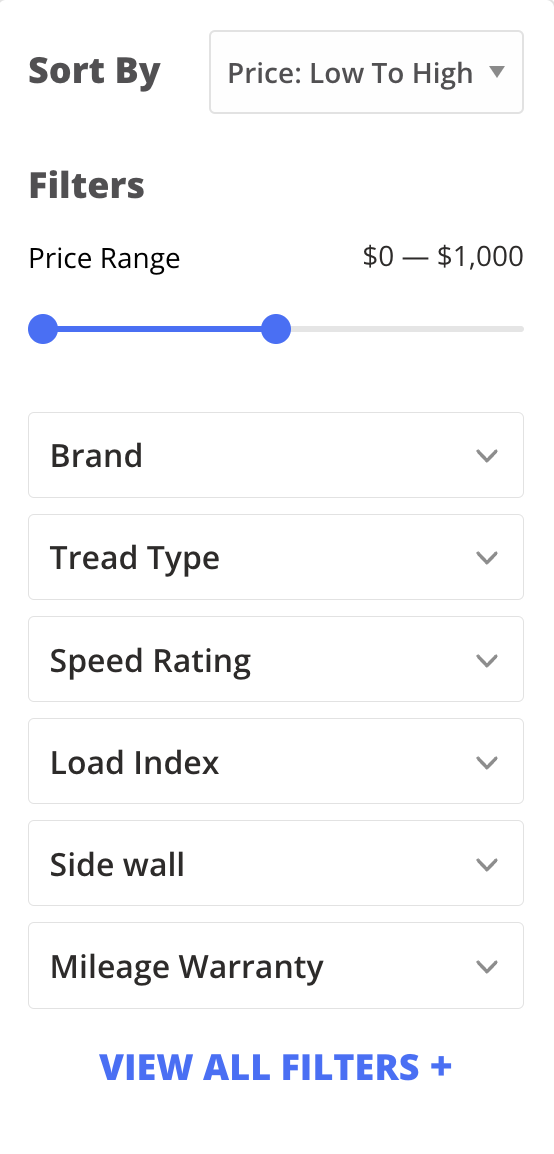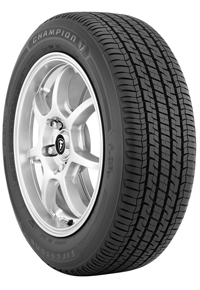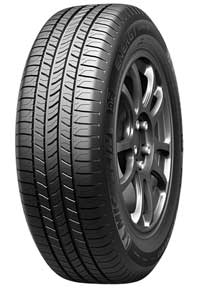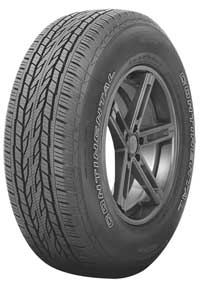Your Shopping Cart
Your cart is empty.
Subtotal ( items)
Instant Rebate Applied:
Promo Code Applied:
Have a Promo Code?
Size:
Item
Item
Selected for:
/ each
Add-Ons
Wireless air pump capable of pumping up to 150 psi with 2000 MAH power bank.



Fully protect your clothes and vehicle interior during transportation of your tires. For Tires up to 31" tall and wheels up to 22".
Per sensor
Add TPMS Sensors
/per sensor
Please confirm the make, year, model and trim of the vehicle you want to purchase for:
How many sensors do you need?
The vehicle you have selected is not compatible with aftermarket TPMS Sensors.
Enter a different vehicle to add TPMS sensors

 Front Tire Size:
Front Tire Size:
 Rear Tire Size:
Rear Tire Size:
 Your Vehicle:
Your Vehicle:
Pros & Cons of Staggered Fitment

Attractive Design

Improved Handling

Improved Cornering
Bumpier Ride
Poor Traction in Snow
How do I find my tire size?



Need help?
 Your Vehicle:
Your Vehicle:
Pros & Cons of Staggered Fitment

Attractive Design

Improved Handling

Improved Cornering
Bumpier Ride
Poor Traction in Snow
How do I find my tire size?



Need help?
Pros & Cons of Staggered Fitment

Attractive Design

Improved Handling

Improved Cornering
Bumpier Ride
Poor Traction in Snow
Need help?
Need help?
How do I know if I have an LT tire?

 Your Vehicle:
Your Vehicle:
Sorry, we could not find any available
wheels for your sizing selections.
Need help?
How to Find the Most Fuel Efficient Tires
By Tire Agent Staff
March 21, 2022
If you're feeling the pinch in your pocketbook these days, you're not alone. Inflation has been on the rise for a while, and one of the most prominent places you'll find higher prices is at the gas pump.
Gas prices skyrocketed during the summer of 2008, with costs exceeding $4 per gallon. But things appear to be even worse now. According to AAA, California's average price per gallon on March 22, 2022, was $5.86. Yikes!
That's why many people are looking for ways to save money at the gas pumps. If you're in the market for new tires, we'll show you how to find fuel-efficient options for your vehicle.
Tire Science and Fuel Efficiency
When we speak of fuel-efficient tires, we're primarily talking about those with low-rolling-resistance technology. What are low rolling resistant tires (LRR), how do they contribute to fuel economy and, perhaps most importantly, are LRR tires worth it?
According to a National Research Council (NRC) report, rolling resistance is the measure of "force at the axle in the direction of travel required to make a loaded tire roll."
Anyone else read that and feel like you're in a middle school science again?
In other words, tire rolling resistance is the amount of energy your vehicle must deliver to your tires to keep moving at a constant speed across the road's surface.
But as tires spin, the part of the tire in contact with the road deforms before returning to its relaxed state. This is known as hysteresis (more science class flashbacks), which occurs when the energy required to deform a tire is larger than the energy needed to return it to its previous shape. This energy is dissipated as heat, which contributes significantly to rolling resistance.
Do you remember pedaling a bicycle when you were a child and one tire was underinflated? That is an example of hysteresis. You had to work harder to keep the bike moving. That's because hysteresis creates more rolling resistance.
Low rolling resistance tires' pros and cons
Tires with low-rolling-resistance technology use tread design and innovative materials to reduce the amount of energy required to move the automobile (in the form of gasoline), making them fuel efficient.
Why not overinflate your tires to reduce rolling resistance and boost fuel efficiency, some of you may be thinking? The best answer is that over-inflated tires reduce ride quality and safety.
Here's why: The higher the tire pressure, the less contact between the road's surface and your tires. That leads to less traction and more difficulty braking and shoddy cornering, especially when the road is wet.
Instead of trying to outsmart science (and science teachers), it's best to use technology to your advantage. That's where fuel-efficient tires come into play.
One of the cons that comes with LRR tires is that they offer slightly less grip, which can make a difference on cornering. For everyday drivers who make turns at normal and safe speeds, this shouldn't be a major concern. You'll also have to ensure that your LRR tires are properly inflated, as this is key to realizing the most fuel efficiency.
Finding the right fuel-efficient tires
Automakers really started to focus on fuel economy in the 90s, and many new vehicles now come from the factory with low-rolling-resistance tires.
NRC research shows a 10% reduction in rolling resistance boosts fuel economy by 1.5% when driving in town and 2.1% on highways. This might not sound like much, but it could save you hundreds of dollars over the life of your tires.
The good news is you can buy low-rolling-resistance tires as replacements. They are available from dealerships, online and local tire retailers.
But how do you know which tire style is best for your vehicle? It depends on which type of automobile you drive. Here's a quick guide:
- SUVs and crossovers: Go with CUV/SUV touring tires
- Compact and sub-compact cars: Go with passenger tires
- Minivans and sedans: Stick with touring and grand-touring tires
How to Find Fuel-Efficient Tires on Tire Agent
To find a list of low rolling resistance tires for your vehicle, from any page on Tire Agent, look for your vehicle's make, model, year and body type.
In the filters section, select "VIEW ALL FILTERS+" and set Fuel Efficient to yes.
View the recommended tire makes and models that are fuel efficient.
Lowest Rolling Resistance Tires
This is just a highlight of tires brands that offer low rolling resistance LRR tires, which you'll find on Tire Agent.
Champion Fuel Fighter
The Champion Fuel Fighter is Firestone's longest-lasting tire. It maintains a low rolling resistance for better fuel economy in all weather conditions.
Assurance Fuel Max
Goodyear's Assurance Fuel Max is an excellent choice for those who need traction in all weather conditions yet still wish to save on fuel. >>IMAGE<<
Scorpion Verde
Pirelli's Scorpion Verde is an SUV and Crossover tire that contains features that allow it to conquer summer weather. >>IMAGE<<
Energy Saver A/S
The Energy Saver A/S is Michelin's most fuel-efficient tire. It is well suited for those looking to lower CO2 emissions from a tire that is stable and durable. >>IMAGE<<
CrossContact LX20 (ECO Plus Technology)
The CrossContact LX20 is fuel saving tire for light truck and SUV tire from Continental. It is designed to save fuel for your light truck, SUV, or crossover. It performs well in any weather conditions. >>IMAGE<<
Are LRR Tires Worth It?
Yes. LRR tires require less energy from your vehicle, and this helps improve fuel efficiency.
Next Post:
Tire Leasing and Tire Payment Plans








